On Christmas Day 2021, the James Webb Space Telescope was launched. At 6.5 meters in diameter, it is the largest and most powerful telescope ever sent by man into space. James Webb is 1.6 million km from Earth. From there, the telescope searches for exoplanets and the light from stars that have been traveling for billions of years.
In early July 2022, the James Webb Telescope was fully operational. On July 12, at the White House in Washington, the first photo sent by James Webb was revealed. And it was immediately amazing: a color image with thousands of galaxies allowing us to look back in time 13 billion years, clearer and more detailed than ever before.
Since then, James Webb has not failed to impress scientists and the general public with breathtaking and meaningful images from all corners and sides of the universe. Enjoy this (incomplete) overview.
Thousands of Galaxies, July 12, 2022
The first official image of James Webb was revealed on July 12, 2022 by President Joe Biden: “It is a new window into the history of our universe. Today we glimpse the first light shining through that window.” This image shows thousands of galaxies. Distant points of light and streaks come from ancient objects far, far away from us. Quite simply, the light we see left 13 billion years ago.
Stocktrek’s photo
13 billion years, that is, shortly after the birth of our galaxy. You are actually looking at the birth chart of our universe.
Later that same day, four sharper images were released of the Carina Nebula (the “nursery” of new stars), the exoplanet WASP-96b, the collision of galaxies in the “Stephan’s Quintet” and the Southern Ring Nebula.
The Carina Nebula in our galaxy
Stocktrek’s photo
WASP-96b
NASA, European Space Agency, Canadian Space Agency, Joseph Olmsted (STScI)
Stephan’s Quintet, a collection of galaxies that will slowly but surely merge.
Stocktrek’s photo
Southern Ring Nebula
general
Jupiter in a New Light (22 August 2022)
More than a month later, James Webb sent back detailed images of an object we all know and can sometimes spot with the naked eye: Jupiter. We see bright aurora borealis (light phenomena in the atmosphere, ed.), giant storms, multiple moons and rings around Jupiter, so polished that scientists call them “incredible.” Scientists have also discovered very faint rings and two small moons.
2022 by ZUMA Press Wire Service
Star Nursery (September 12, 2022)
And less than a month later, James Webb has blown our minds again. The telescope has transmitted the most detailed image yet of the Orion Nebula, a nebula where new stars are being born. It is impossible to study such nebulae with “ordinary” telescopes, but with James Webb it is possible. “We were blown away by the amazing images,” say the scientists working on the project. Flemish Professor Els Peters (University of Western Ontario) is one of the team leaders.
NASA, ESA, CSA, and PDRs4All ERS Team; Image processing Salome Fuenmayor
The Rings of Neptune (September 21, 2022)
Also in September, James Webb will send back crystal-clear images of the planet Neptune. This planet is 30 times farther from the Sun than Earth and orbits in the most remote and darkest region of our solar system. Astronomers haven’t seen this planet so clearly since 1989. In addition to its many bright, narrow rings, the James Webb image also clearly shows the ice giant’s faint dust bands, and it captured 7 of the planet’s 14 moons.
Cosmic rings of two giant stars (October 12, 2022)
A few weeks later, James Webb again amazed scientists. The powerful telescope was able to capture Wolf-Rayet 140, a formation of two bright giant stars. On the one hand we see a large Wolf-Rayet star (a giant star with a mass of 20 times the mass of our sun and at the end of its life cycle) and on the other an even larger blue giant. The whole extends over an unimaginable distance of 10 trillion km. Astronomers are excited that this image can teach us more about the history of our universe.
Represented by ZUMA Press, Inc.
Pillars of Creation (October 19, 2022)
It just doesn’t stop. Also this October, James Webb will leave our jaws dropping with new, highly detailed images of the famous “Pillars of Creation” (“Pillars of Creation”). These are, in fact, giant clouds of gas and dust in which new stars are being born. The image shows many new protostars, and dense accumulations of gas and dust.
general
The first exoplanet (January 9, 2023)
In January, scientists came with the news that James Webb had succeeded in discovering an Earth-like exoplanet for the first time. An exoplanet is a planet orbiting a star other than the sun. Discovering exoplanets is one of the primary tasks of the James Webb Telescope, so this observation is of great interest. According to scientists, it is just the first of many exoplanets that James Webb will track.
A representation of what LHS 475 b might look like with the star it orbits at a distance.
Credit: NASA, ESA, CSA, L. Hustak (STScI)
Universe Breakers (February 22, 2023)
Scientists are gradually running out of words to describe James Webb’s effect. In February, news broke that James Webb had discovered six giant galaxies that astronomers believed could not exist. They formed just after the Big Bang, but are much heavier and larger than expected. That is why scientists call galaxies “universe breakers”. This discovery appears to turn existing theories about the origin of the universe on its head.
The six galaxies, each red ball showing a galaxy (Image: NASA, ESA, CSA, LABBE (Swinburne University of Technology): G. Brammer (Niels Bohr Institute’s Cosmic Dawn Centre, University of Copenhagen))
Harbinger of a Supernova (March 14, 2023)
In March, scientists deciphered a stunning new image of James Webb. The telescope managed to capture an image of WR 24, another Wolf-Rayet star nearing the end of its life. The image shows in great detail a harbinger of a supernova. This is the colossal explosion at the end of the life of some massive stars. It emits a huge amount of light. Cosmic dust spewing from the rare star in the image should give astronomers more insight into how the universe came to be.
NASA, ESA, CSA, STScI, Webb ERO Production Team
Uranus (April 6, 2023)
In April, James Webb sent detailed images of the planet Uranus. Uranus is located 2.9 billion km from the sun and is an icy planet like Neptune. One revolution around the sun takes 84 years. The color image shows Uranus’ north pole, eleven of its thirteen rings, and two massive storm clouds.
Ru Obiuchi (July 12, 2023)
Marking the first anniversary of James Webb’s first images, the European Space Agency is publishing a new image today. It shows in detail the Rho Ophiuchi, a multiple galaxy in which new stars are forming. It is about 390 light years away from us, and in terms of area it is very close. Rho Ophiuchi is one of the earliest “nurseries” of stars.

“Total coffee specialist. Hardcore reader. Incurable music scholar. Web guru. Freelance troublemaker. Problem solver. Travel trailblazer.”






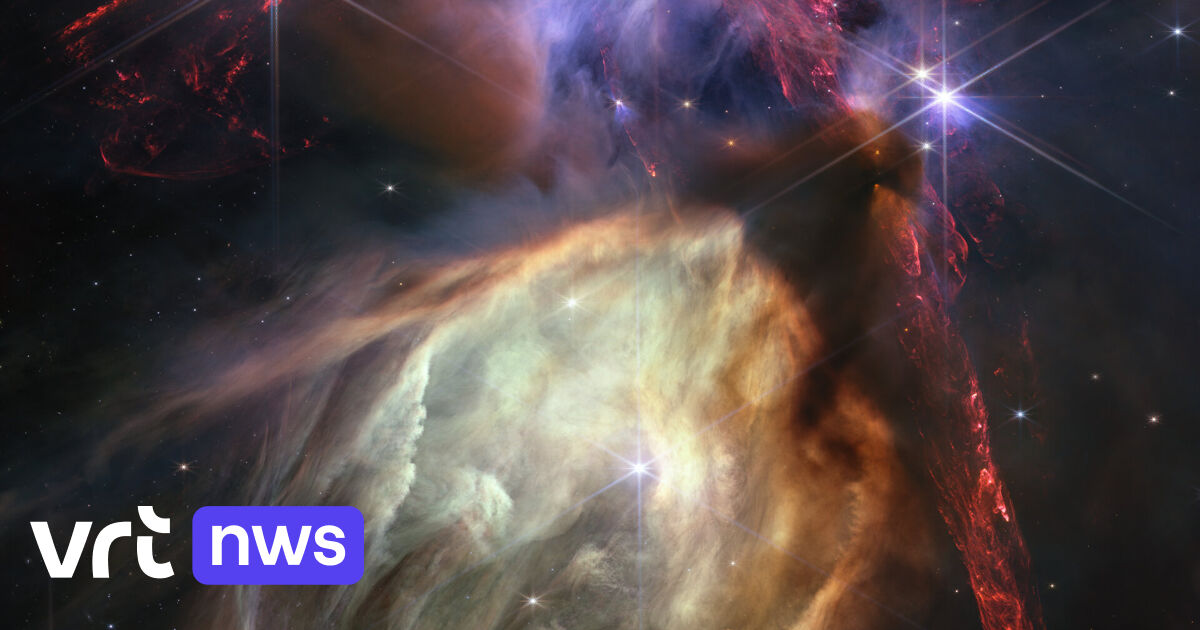
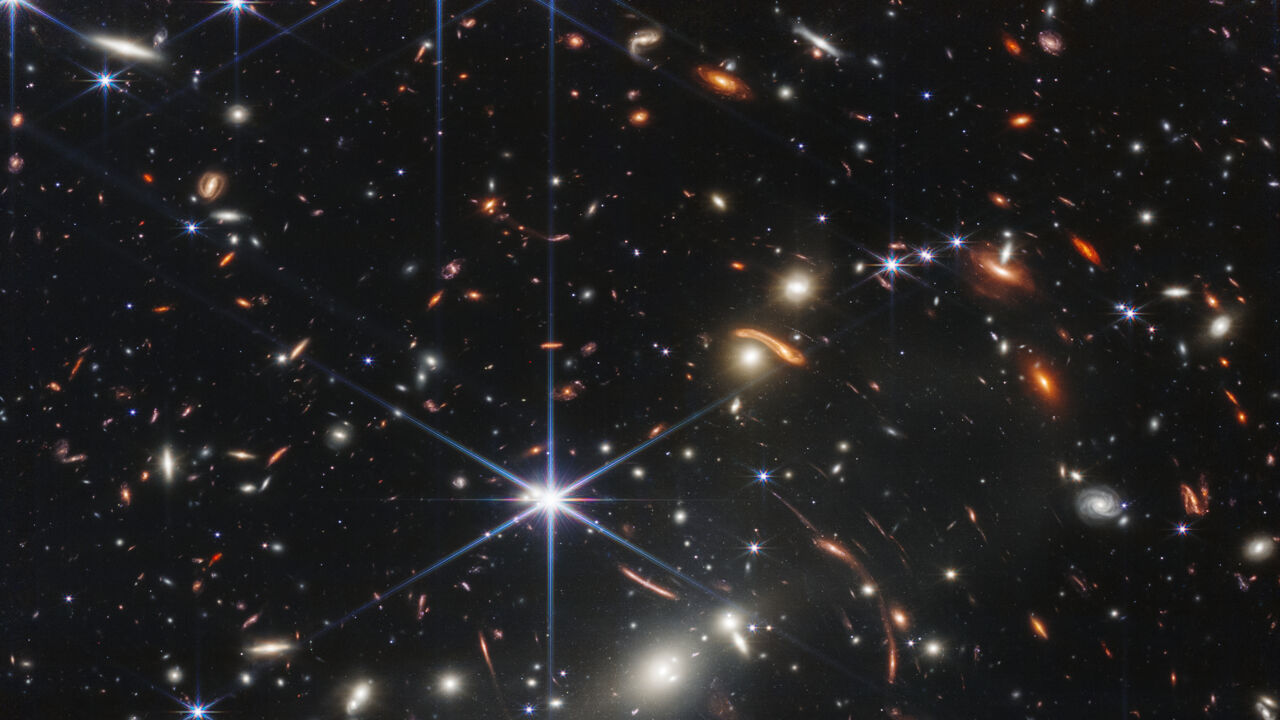
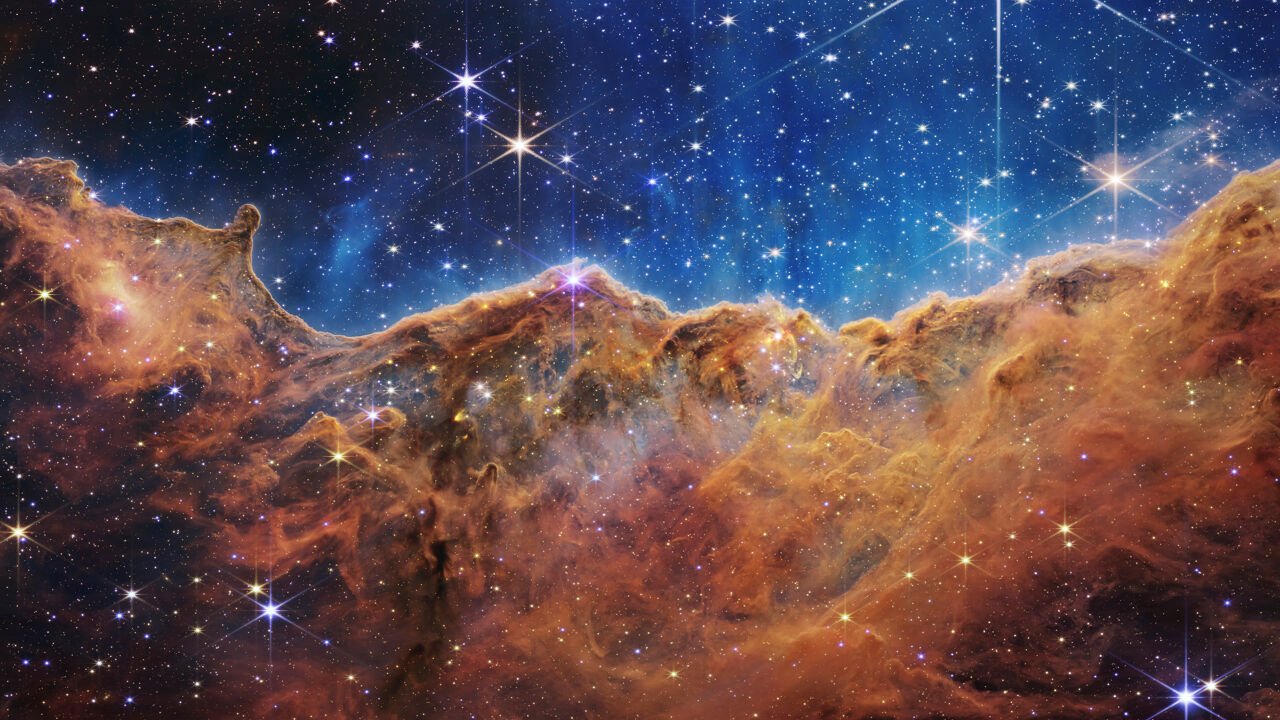
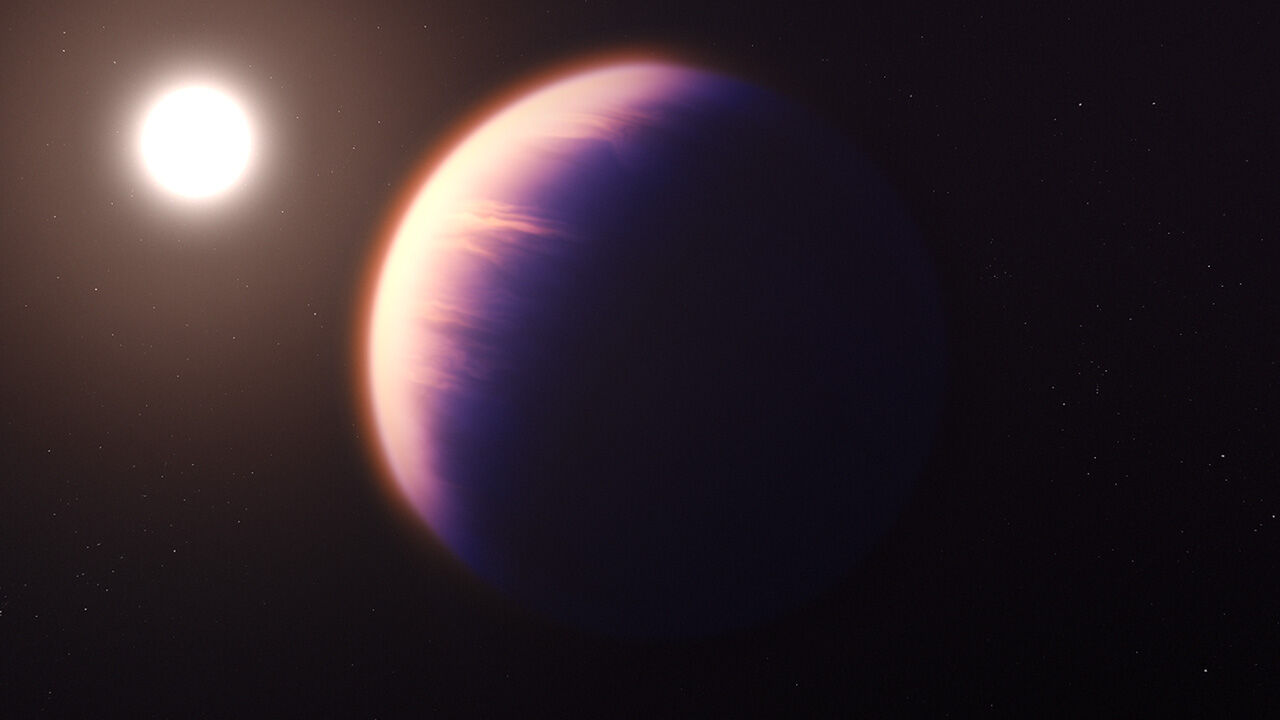
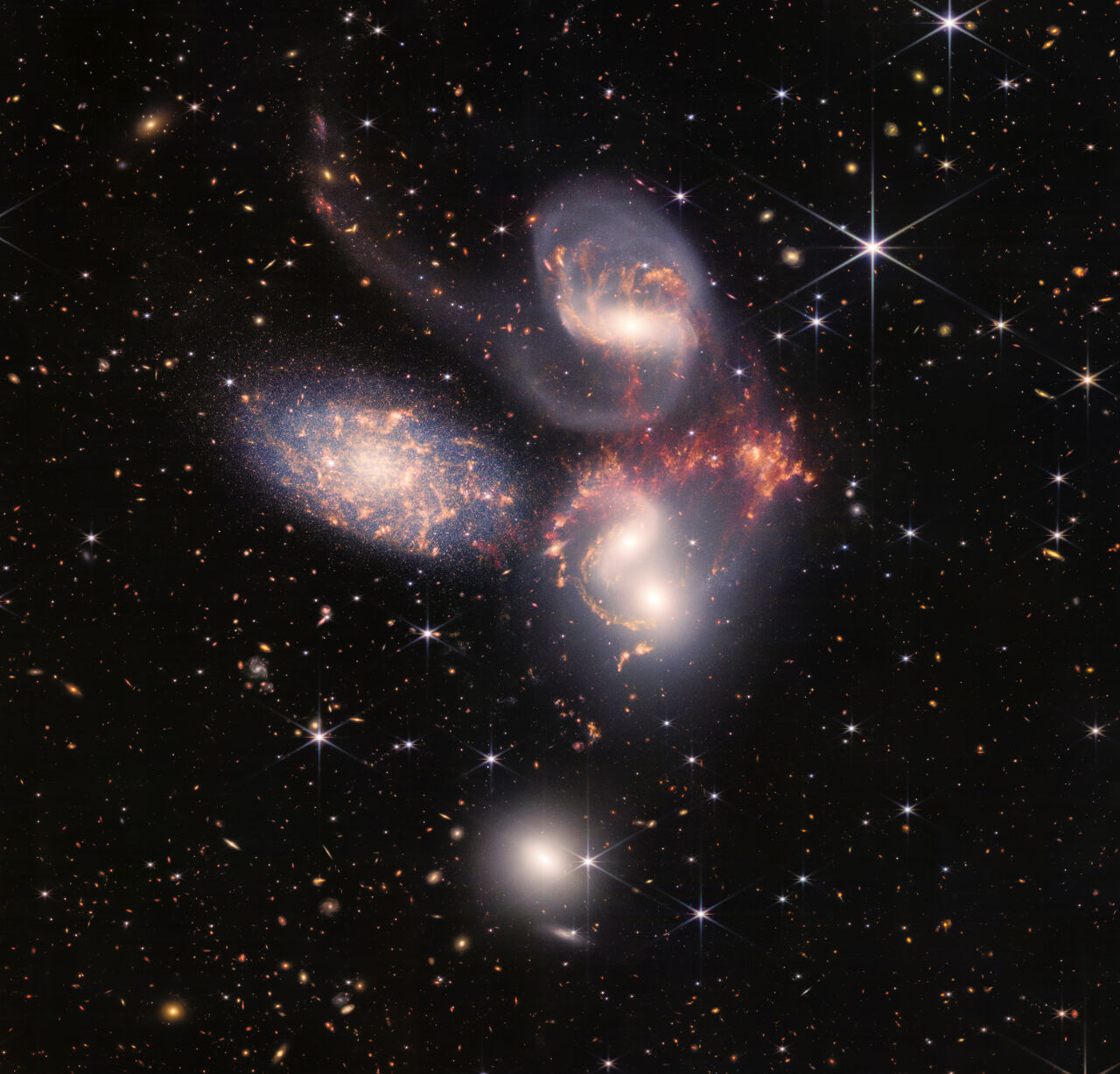
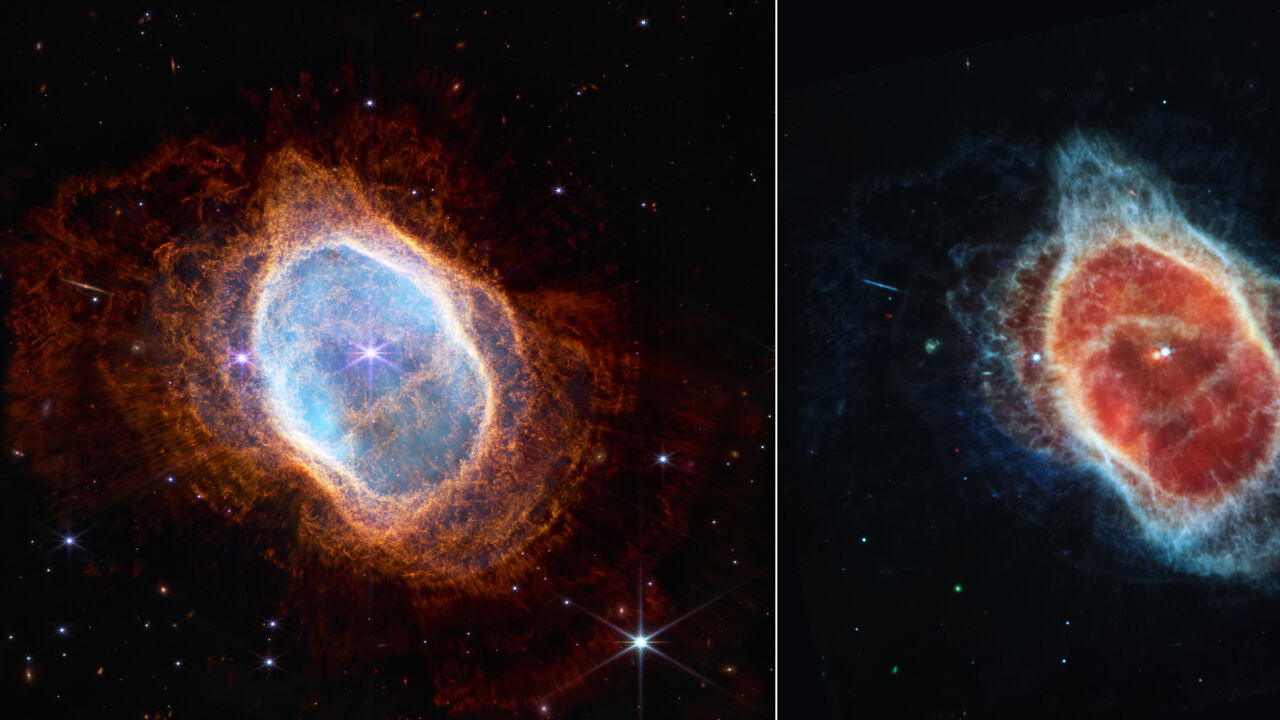
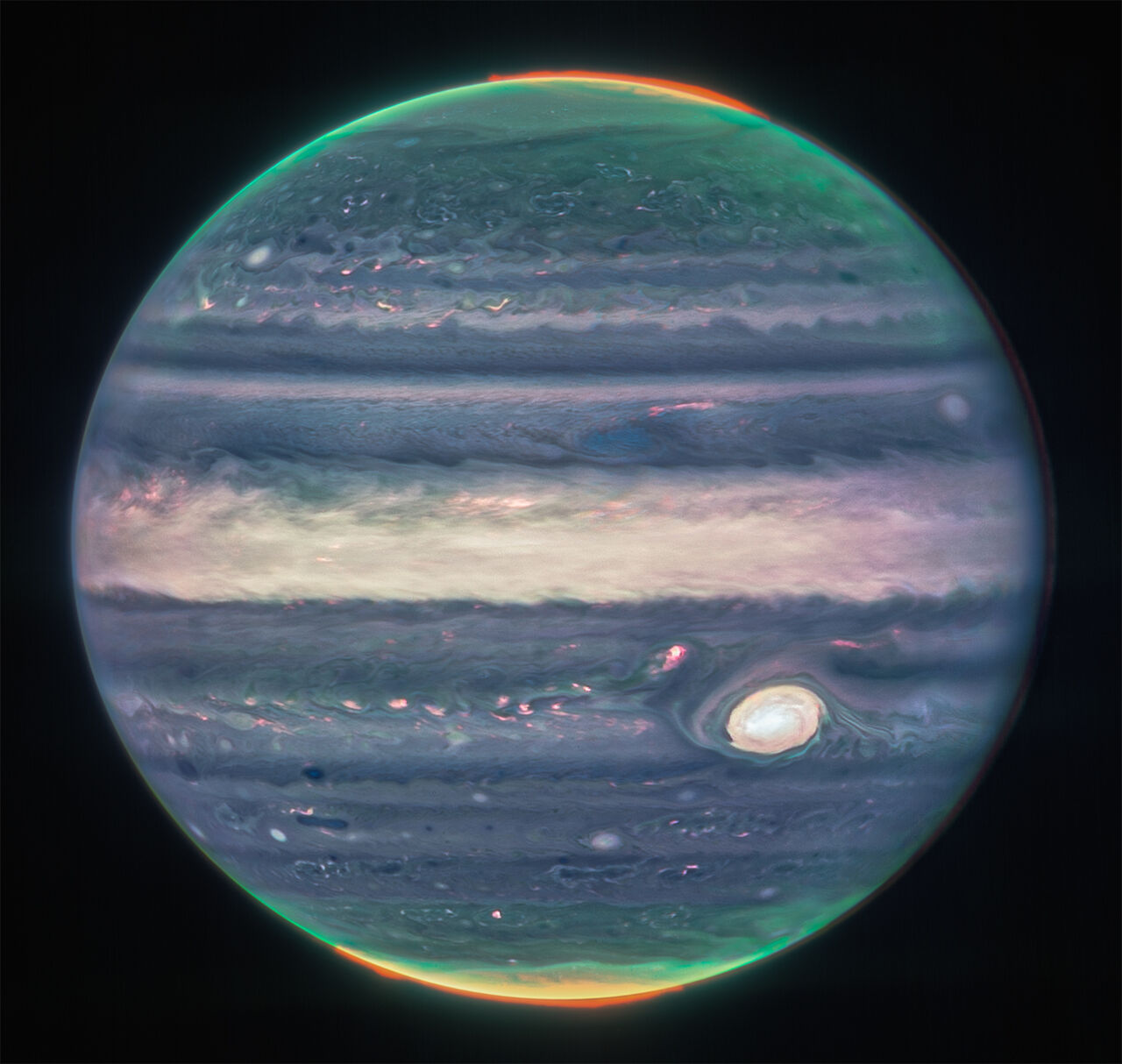
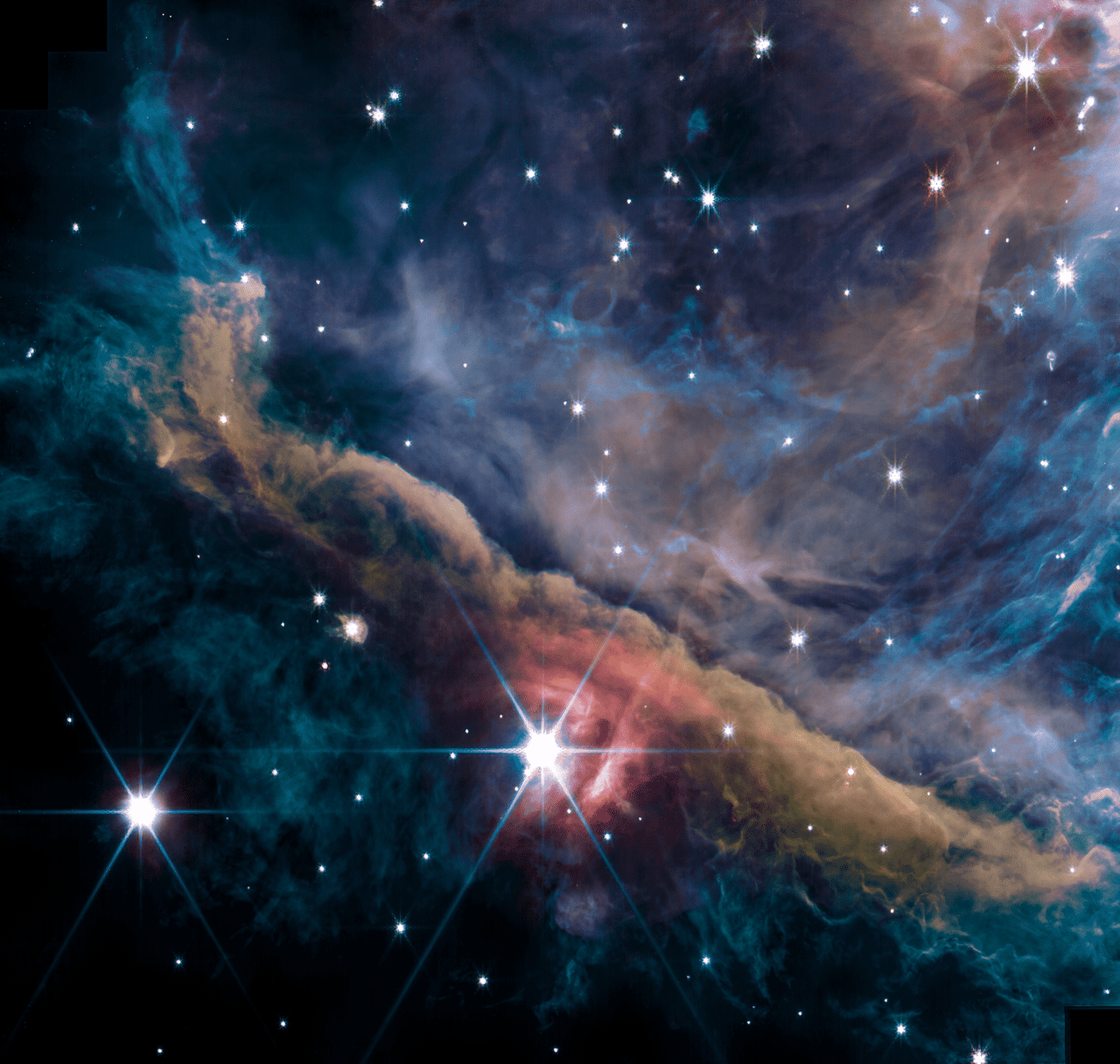
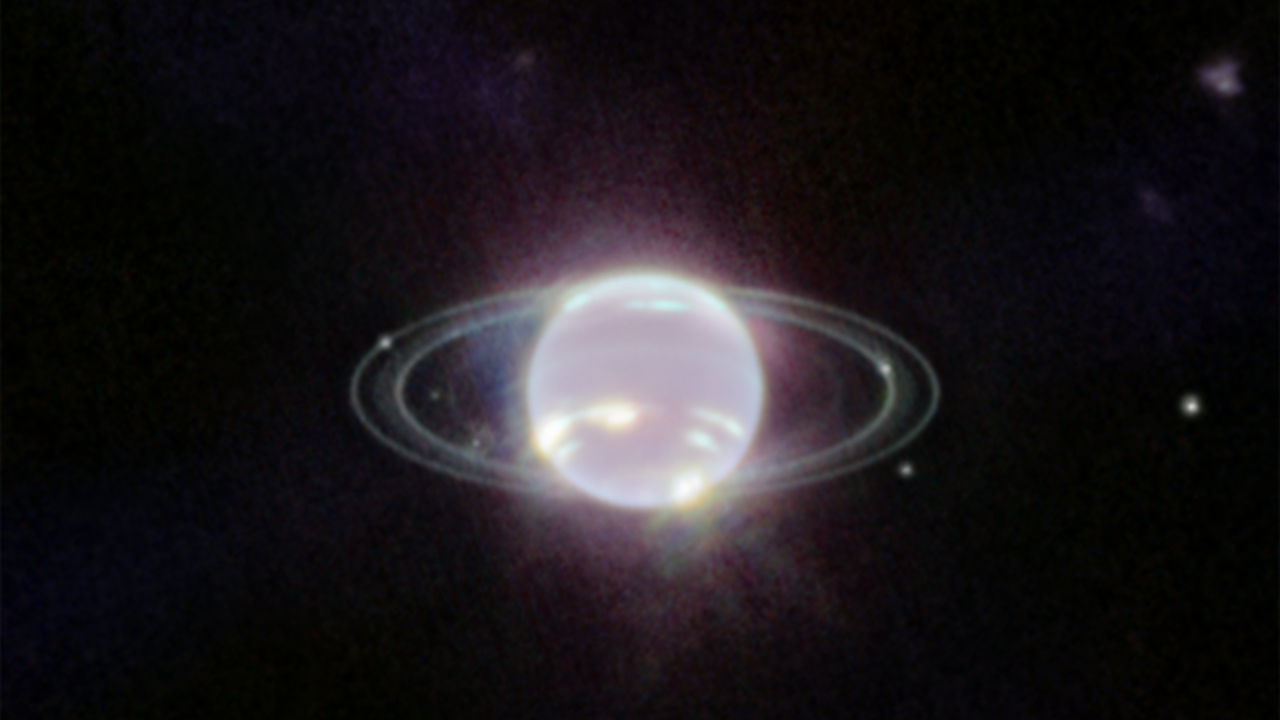
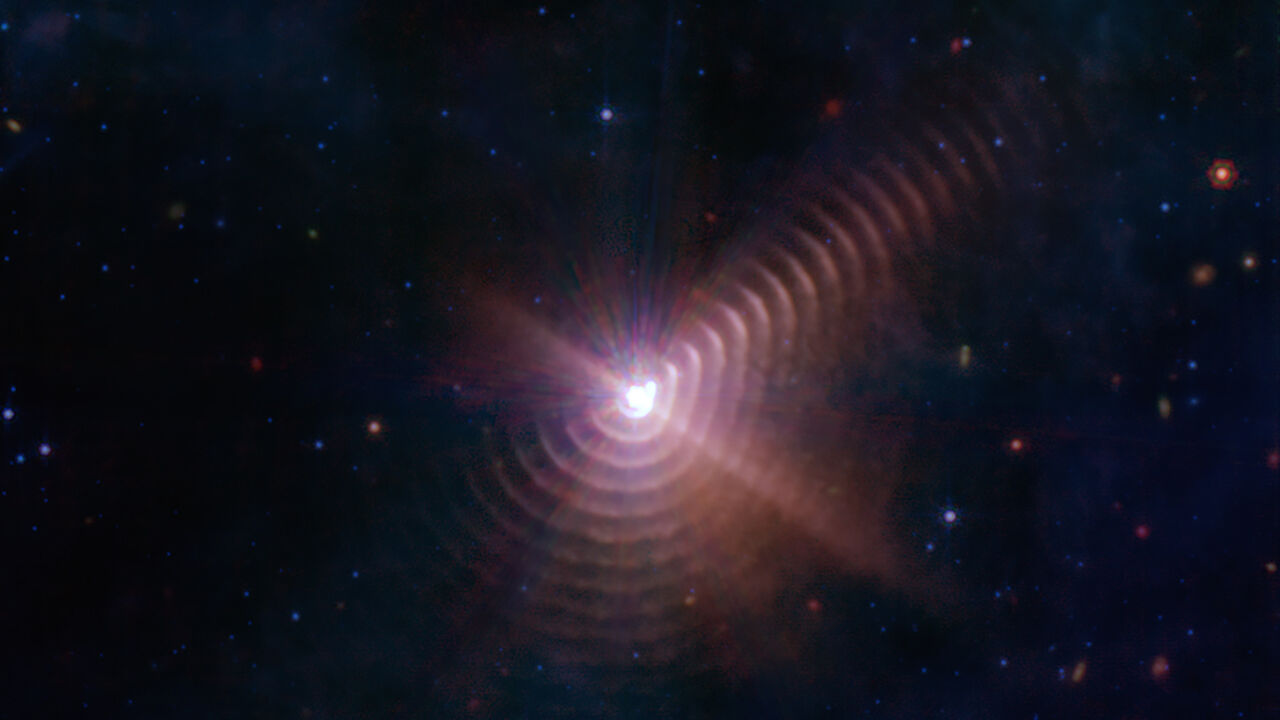
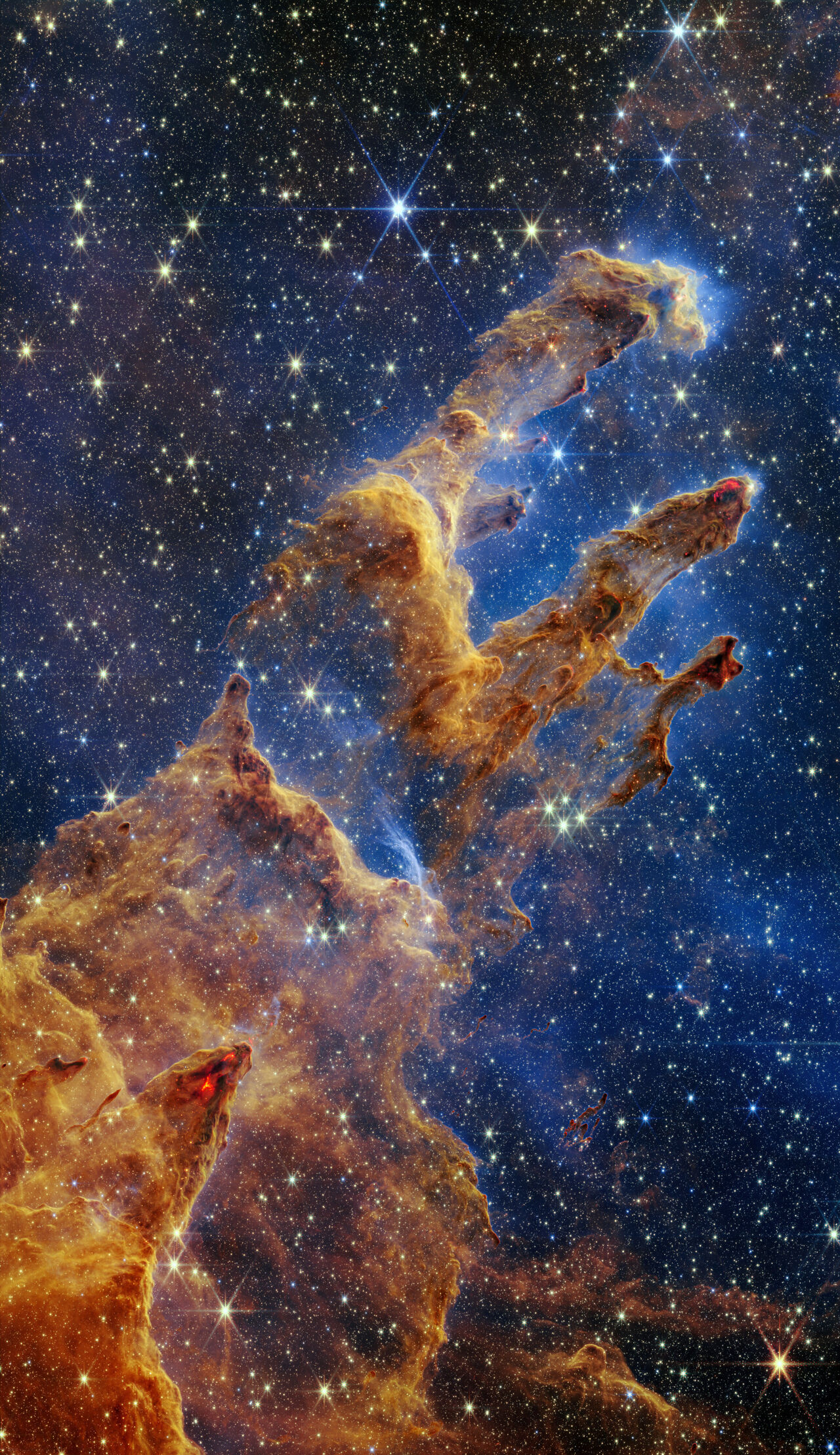
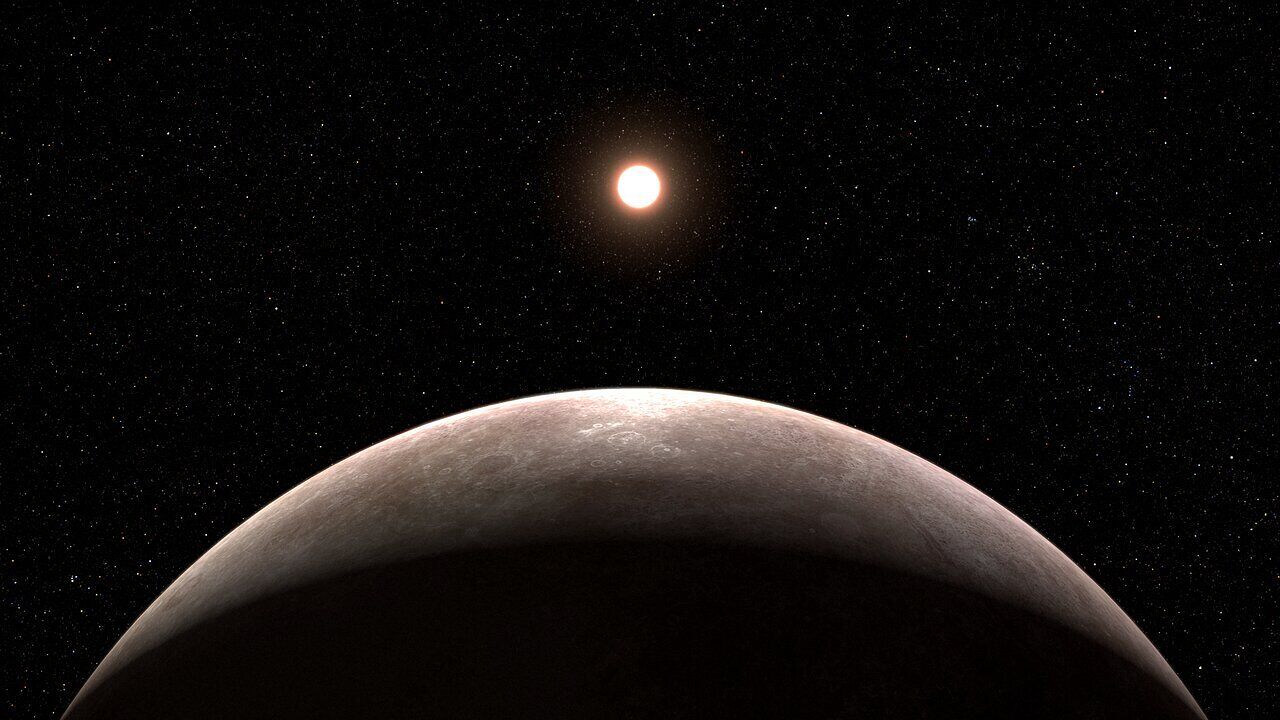
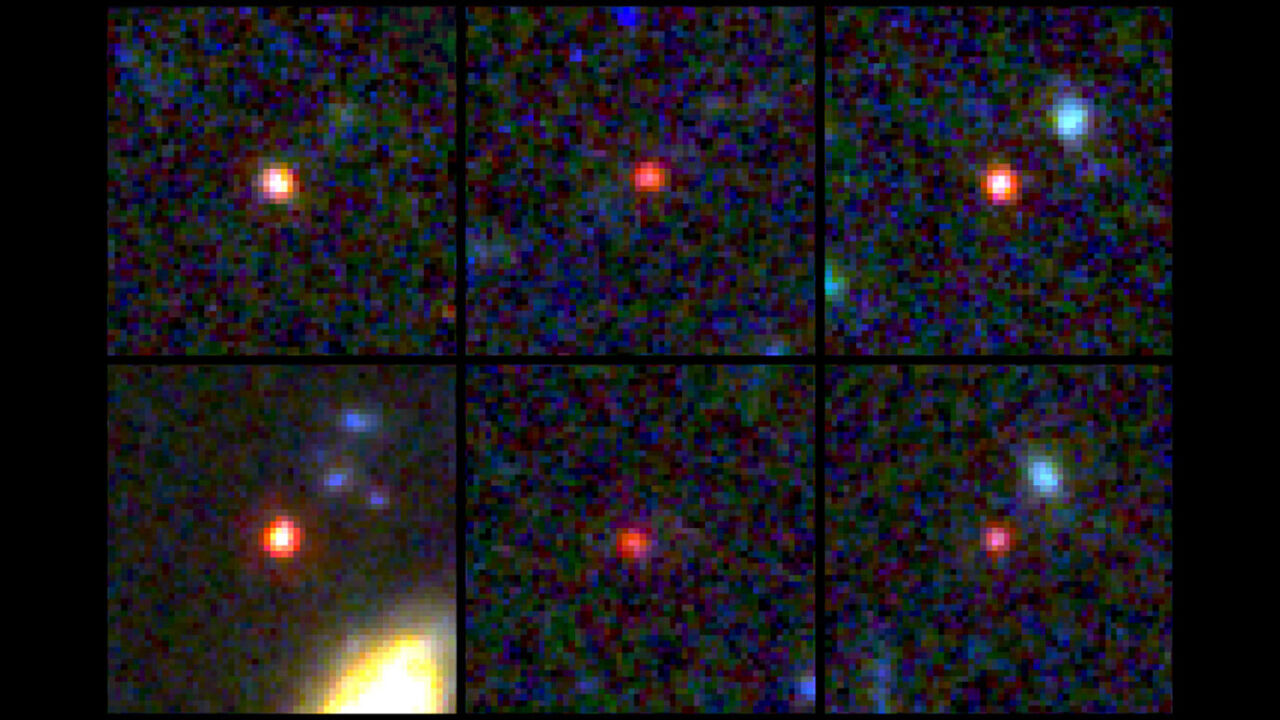

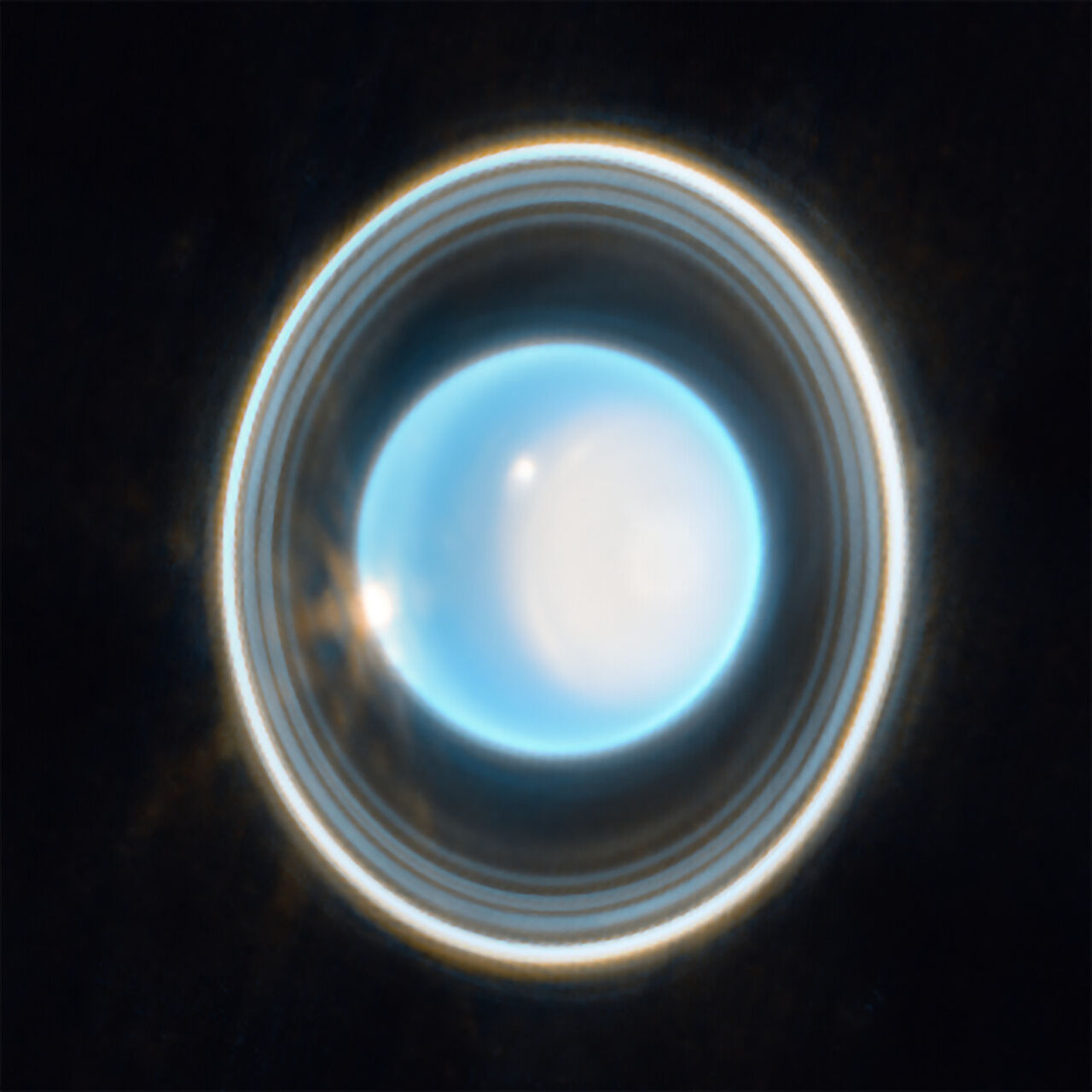

More Stories
Prevention is better than cure
SpaceX has launched two European Galileo navigation satellites into space
Sudden thawing of permafrost releases much more carbon dioxide than expected